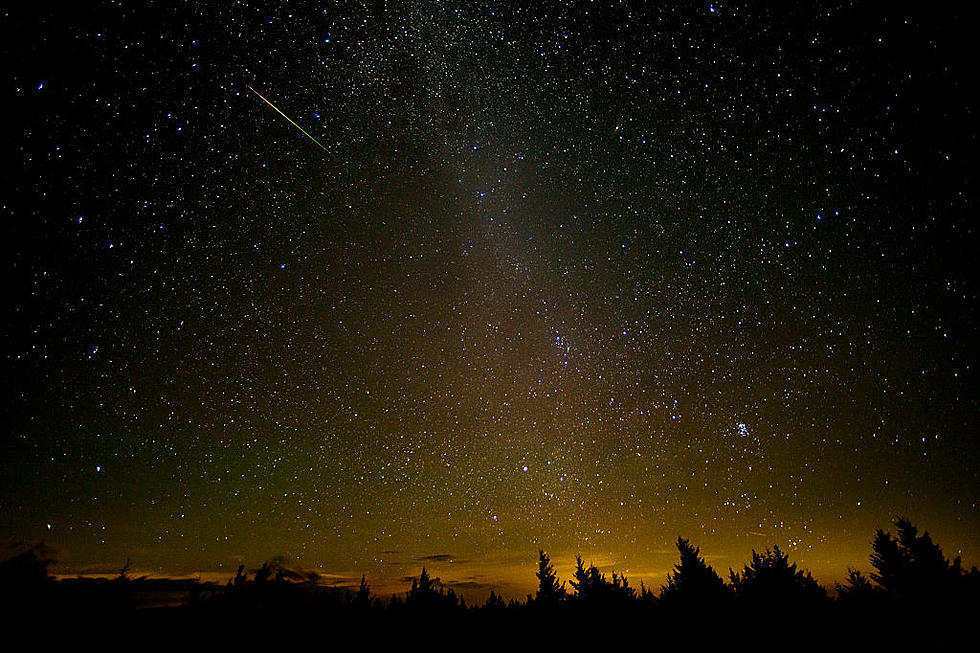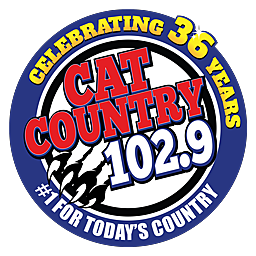
Conditions Perfect For Watching Perseid Meteor Shower in Montana
Montana is one of the best places in the country for stargazers and the Perseid Meteor Shower is one of the most anticipated astronomical events of the year.
The Perseid Meteor happens every year between July 17 - August 24, and generally peaks August 11-12. It's known as one of the best meteor showers of the year, and conditions are perfect if you want to watch the peak of the Perseid Meteor shower tonight in Montana. Experts say that you could see around 100 meteors per hour.
With clear skies in the forecast and a crescent moon that won't rise until early in the morning, you shouldn't have any problem getting a view of the show.
The best part is that you don't need a telescope or any fancy equipment to watch the Perseid Meteor Shower. You'll be able to see them with the naked eye.
The best places to watch the Perseid Meteor Shower is someplace really dark, away from artificial light and light pollution. Luckily, we have a lot of those places in Montana.
Once it gets dark, you should be able to see quite a few meteors streaking through the sky, but a lot of people say that the ideal viewing time is between 3:00 a.m. - 4:00 a.m.
Grab a blanket or a lawn chair and get ready for the show! I apologize in advance if I sound a little sleep deprived on the radio tomorrow.
LOOK: Here Are 30 Foods That Are Poisonous to Dogs
LOOK: The most expensive weather and climate disasters in recent decades
More From Cat Country 102.9









